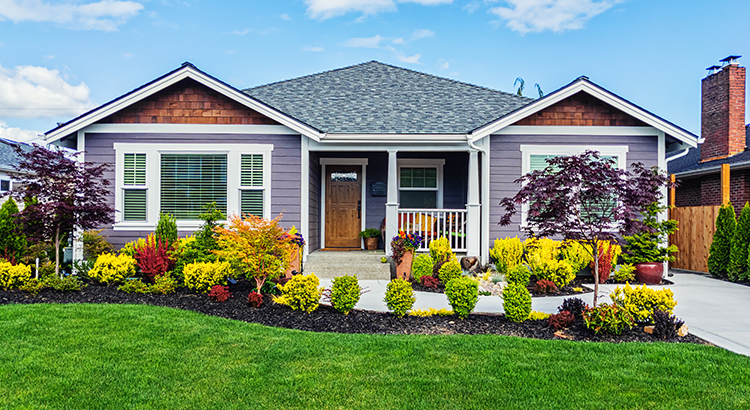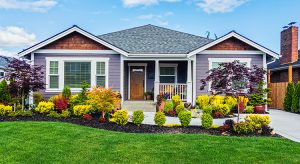| Home insurance safeguards your most significant investment—your home. Policies vary considerably, including different coverages and limitations, so understanding the basics can help ensure your coverage fully meets your needs.
Typical Coverage Provided by Home InsuranceMost home insurance policies include the following types of coverage: Dwelling Protection: Covers the physical structure of your home, such as walls, roof, and built-in systems, against damages from incidents like fires, storms, or vandalism. Personal Property Coverage: Protects your belongings—including furniture, electronics, and clothing—up to predefined limits. Liability Coverage: Provides financial protection if someone sustains injuries on your property or if you inadvertently damage another person’s property. Additional Living Expenses (ALE): Covers temporary housing and living costs if your home is rendered uninhabitable due to covered damages. Common Coverage GapsDespite broad coverage, standard policies often exclude certain events or possessions, creating coverage gaps:
Evaluating Your Insurance NeedsTo ensure comprehensive protection, consider these steps:
Filling Coverage GapsTake proactive measures to close potential coverage gaps:
Saving Money on Your Home InsuranceHere are some tips for reducing your home insurance costs:
Home insurance should align with your personal circumstances, which may evolve over time. Regularly review and adjust your policy to keep your home, belongings, and personal circumstances adequately protected Feel free to contact me if you would like any recommendations on home insurance in the Portland area or if you are thinking of buying or selling. |
Social Links Widget
Click here to edit the Social Media Links settings. This text will not be visible on the front end.
Uncategorized •
March 18, 2025
Home Insurance Guide
by Bene Foley

Related Articles
 Facebook
Facebook
 X
X
 Pinterest
Pinterest
 Copy Link
Copy Link
